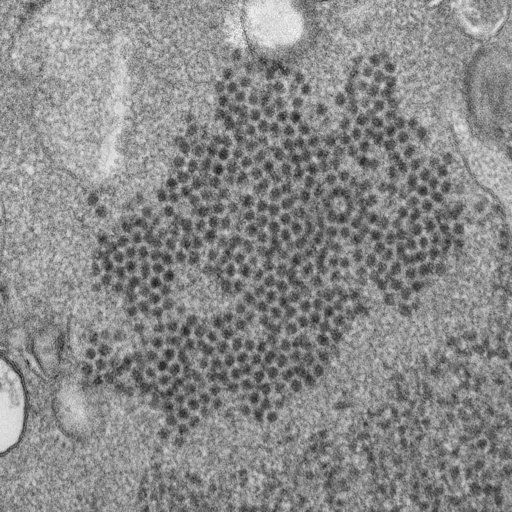A second Nebraska case of a paralyzing illness has been confirmed in a child living in the area served by the Sarpy/Cass Health Department.
The child was hospitalized for the condition, known as acute flaccid myelitis, and later released, state health officials said Monday.
The new case follows another in the Sarpy-Cass area that was confirmed in late November. That case was the first one documented in the state. However, investigators have found no connection between the two cases, state health officials said.
A suspected case in a Douglas County youngster was not confirmed by a thorough review by federal health officials. The Douglas County child met some but not all of the criteria for a confirmed case of acute flaccid myelitis.
Two additional suspected cases — one in the Douglas County Health Department’s jurisdiction and one in Dakota County Health Department’s area — still are being investigated by the federal Centers for Disease Control and Prevention.
Rare but serious, the condition affects mostly children and as yet has no clear cause.
Symptoms tend to occur about a week after a child has had a fever and respiratory illness. They include muscle weakness or paralysis, including in the face, neck, back or limbs. CDC officials say at least half the patients do not recover from the paralysis and some have serious complications.
Federal officials said last week that the number of cases of the illness appears to have peaked and is expected to decline for the rest of 2018. Most of the latest cases to be confirmed occurred in September and October.
As of Monday, 158 cases had been confirmed in 36 states in 2018. Two cases had been confirmed in Iowa.
Each year that cases have run higher — 2014 and 2016 — the illnesses have spiked in September and tailed off significantly by November. A total of 484 cases were confirmed in the United States from August 2014 to October 2018.
The Nebraska Department of Health and Human Services began surveillance for the condition in 2014 after cases appeared in Colorado. Health care providers were required to begin reporting it to the state in 2016.
Some tips:
» If parents see potential symptoms in their child, they should contact their health care provider promptly.
» While there is no treatment for the condition or proven prevention strategy, washing hands, covering coughs and staying home when sick can help avoid illness.
» People seeking information about the illness can find out more at cdc.gov/acute-flaccid-myelitis.
















